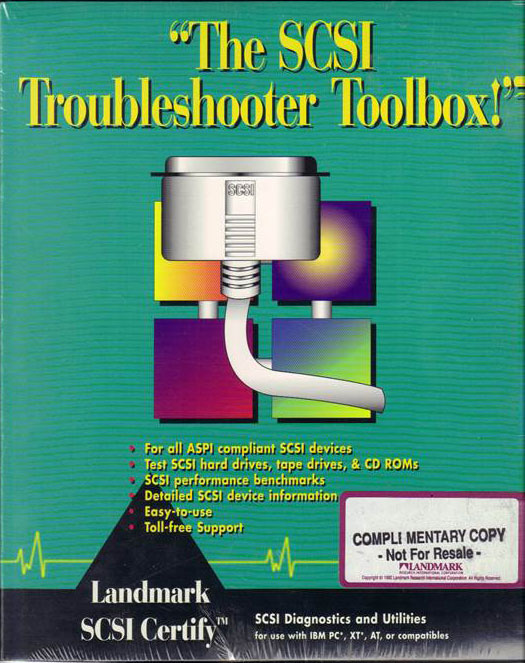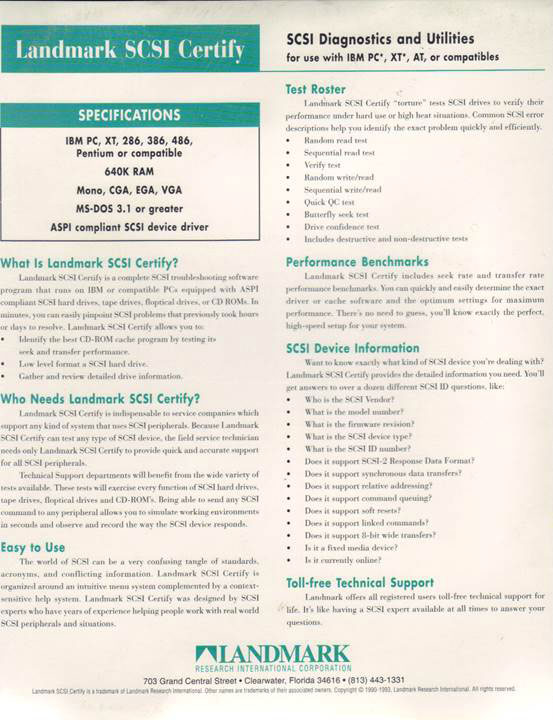In this Issue:
- Introducing the Automated Manufacturing Engine (AME)!
- HDD/SSD Purging with Advanced Logging options new in 9.1
- Landmark SCSI Certify
- Ask Dr. SCSI – How random is the DMM Random access method?
Introducting the Automated Manufacturing Engine (AME)!
 The perfect choice for Contract Manufacturers (CMs), OEMs and Repair Depots
The perfect choice for Contract Manufacturers (CMs), OEMs and Repair Depots
The Automated Manufacturing Engine (AME) is STB’s new automation tool that allows you to run scripts created in our Disk Manufacturing Module (DMM). AME can be run from a Command Prompt Window or even a batch file. Like other automation tools, once run it requires no user-intervention or “baby sitting”. After AME completes, the user can then analyze the extensive logfiles for success or failures.
In order to run AME, there are five steps that must be done. These steps are:
- Create, within DMM, one or more testing scripts
- Decide which devices on your system will be tested
- Create a configuration file that will test the devices in step 2
- Launch AME
- Analyze the logfiles
See the process broken down in detail in the AME product page here
HDD/SSD – DMM Disk Purge and Sanatizing
Three Disk Purging Options with customizable logging/certificate options have been added to the STB Suite v.9.1
A new feature in STB Suite version 9.1 is a DMM Purge Test Step.
There are three types of Purge which can be accomplished with this Test Step
- 3-Pass DoD 5220 type
- SATA Security Erase Method
- There are two types of SATA SECURITY ERASE (SE) functions – Normal and Enhanced.
- To see which type your drive supports go to STB Suite Original Mode, Disk->Commands->Data Functions->Purge/Sanitize Function->SATA Security Erase –
- Sanitize (NEW)
- The Sanitize Crypto Erase method is used only for Self-Encrypting Drives (SED). This Purge method works by assigning a new cryptographic key to the drive. The effect of this is to render all previously written data unreadable or scrambled.
This Purge method is extremely fast – taking only a few seconds to complete the Purge operation.
- Features of SANITIZE are:
- Happens at Full Drive Speed
- High level of confidence
- Can not be interrupted or stopped
- Crypto SANITIZE for SED completes in seconds
- The Sanitize Crypto Erase method is used only for Self-Encrypting Drives (SED). This Purge method works by assigning a new cryptographic key to the drive. The effect of this is to render all previously written data unreadable or scrambled.
See the setup screenshots and the advanced logging in the full article here.
Landmark SCSI Certify
1993… a trip to Clearwater
It’s 1993.
The radio is playing “Whomp!(There it is)”.
Our company and product is one year old.
The SCSI Toolbox runs under DOS, works “with any ASPI compatible SCSI Adapter”, including a little dongle that plugged into the PC’s parallel printer port on one side and had single-ended SCSI on the other!
In Clearwater Florida Landmark Research International has a big room full of telemarketers selling PC diagnostic software, like the Landmark CPU Speed Test. We thought that having that big roomful of folks selling SCSI diagnostics would be a good thing.
Must have colors!
Of course we were able put a deal together, after all we were the world leader in SCSI diagnostic software. Well, were really the only SCSI diagnostic software in the world, but still – we were certainly number 1 out of 1!
The deal was we’d write and support an OEM version of our full SCSI Toolbox and they’d market it.
It would be called “Landmark SCSI Certify”.
We wrote it, they produced it (boxes, manual, floppy disks) and marketed it with the room full of telemarketers, direct mail, industry trade mags and even end user PC magazines.
The only problem – Landmark was an up-to-date happening outfit, and they wanted their software to be state-of-the-art.
In 1993 that meant color.
Only problem was the SCSI Toolbox code was all written (In Borland C++ ) to use black & white text “graphics”.
We thought we were being awesome just having pull-down menus!
But no, the deal hinged on having those menus have different colors.
So – color it was.
Honestly, I can’t remember what our non-color toolbox looked like, nor can I remember what the fancy color Landmark one changed.
The Box
Here’s what the finished product looked like –


A full lab
Things plodded along as far as sales. Didn’t exactly set the world on fire or buy any of us new yachts.
Each month we’d get a report on sales, returns, and (sometimes) a check for our cut of the deal.
Just like rock stars! “Whomp! (SCSI Certify it is)”!
One day I went on a sales call to a well known company – a producer of SCSI disk drives. They took us on a tour of their facilities. They had a big room of test benches with PCs running tests on their products.
There were maybe 100 of these workstations, all with screens with familiar looking colors showing…
That’s right – their lab was chock-full of PCs running Landmark SCSI Certify!
We commented on this and they said “yes, it’s great, we just bought one for $99 and copied it to all of our test machines!”.
They were pretty proud of themselves – LOL!
If you ever wondered why we insist on protecting our product/IP – now you know!
They certainly got quiet when we told them that we were familiar with SCSI Certify…
Still going strong?
Now it’s 2015 – 22 years later! Amazing!
What’s more amazing is that SCSI Certify still seems to be around too!
See what else we found on the Web regarding our 22 year old product in the full article here.
Ask Dr. SCSI – How random is the DMM Random access method?
Q: “Hello Dr. SCSI! How random is the DMM Random access method?”
A: In short, the Random access method is not very good.
Here’s a few problems:
- The range of the random seeks will usually be only a small area of typical modern drives.
- the same blocks will likely be repeatedly hit numerous times.
And that’s why we invented the CPAM access method.
CPAM stands for Cyclical Permutation Access Method. Another word for CPAM is Awesome!
Basically CPAM does everything that the standard Random method doesn’t.
- it will cover the entire block range of the drive.
- it will never repeat any block
- it will hit every block on the drive
CPAM is so random that most rotating drives’ cache will just not work.
That means that it will take a long time for a complete CPAM test to run.
But that very super-randomness makes a CPAM test stress your drives like nothing else.
Read more about STB’s exclusive CPAM the article here.
SCSI Toolbox, LLC – PO Box 620520 – Littleton, CO 80162-0520
Sales: 720.249.2641
General: 303.972.2072
Questions or Comments
www.stbsuite.com
If you want to cancel your subscription, click here


